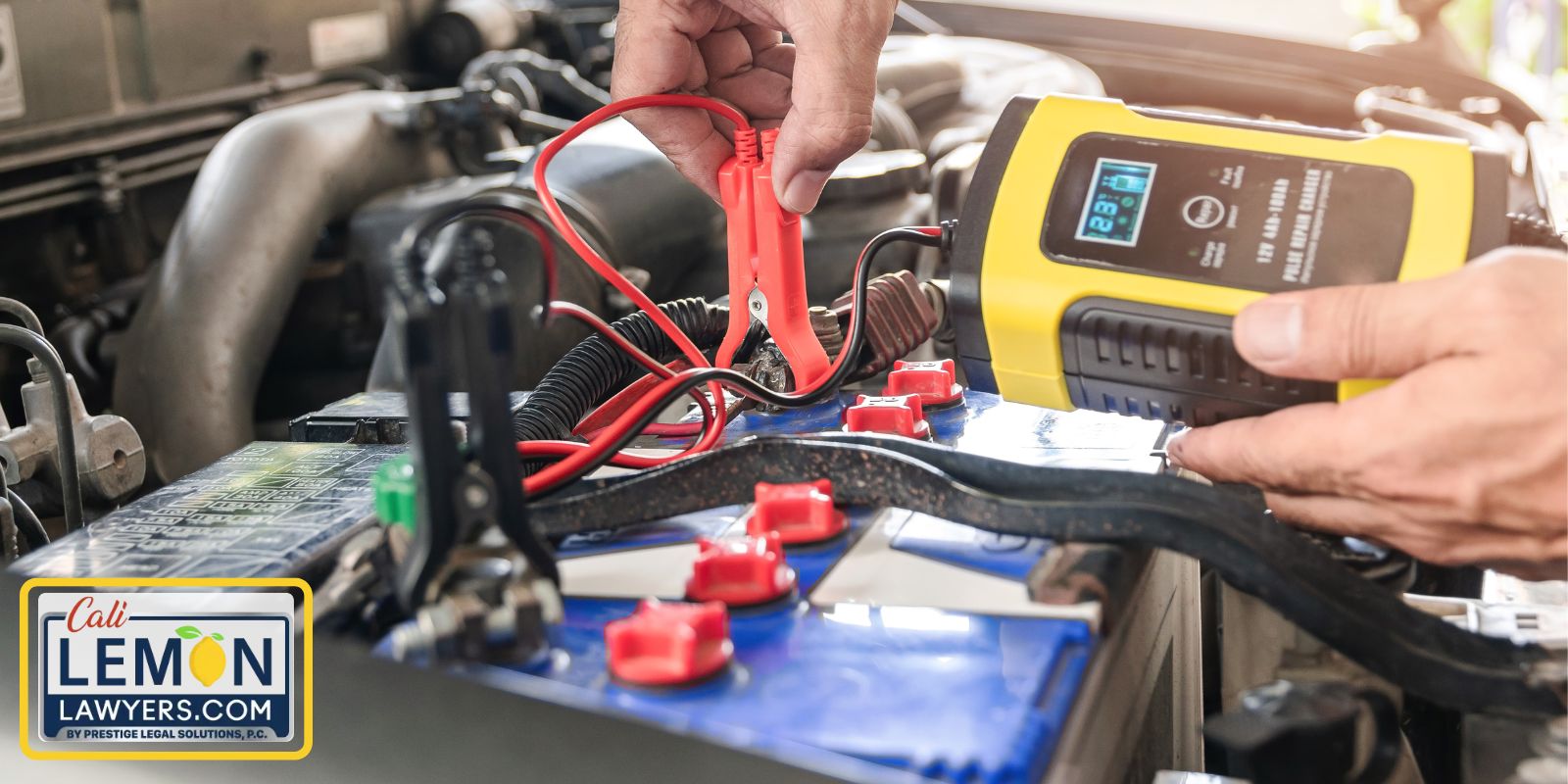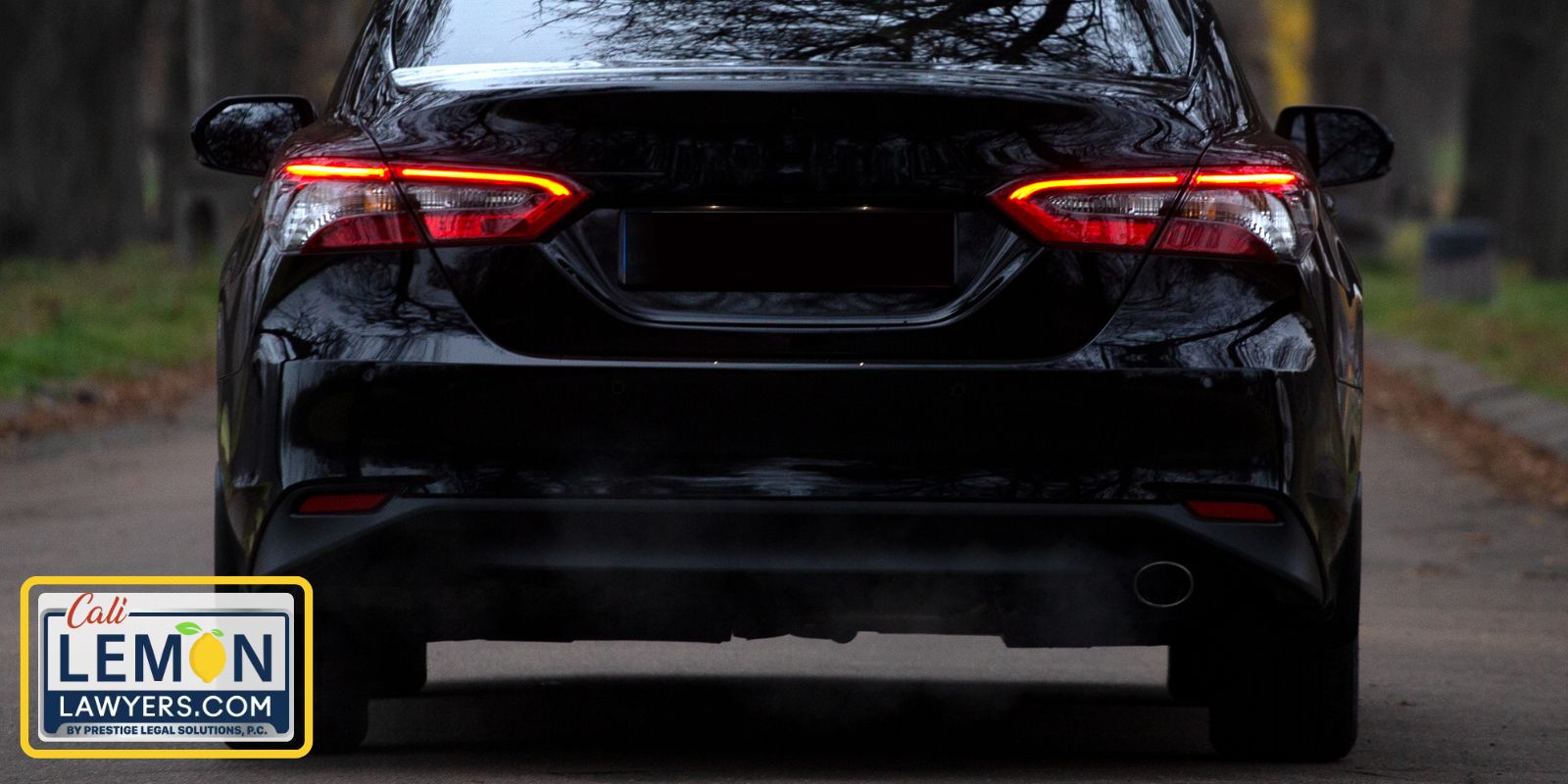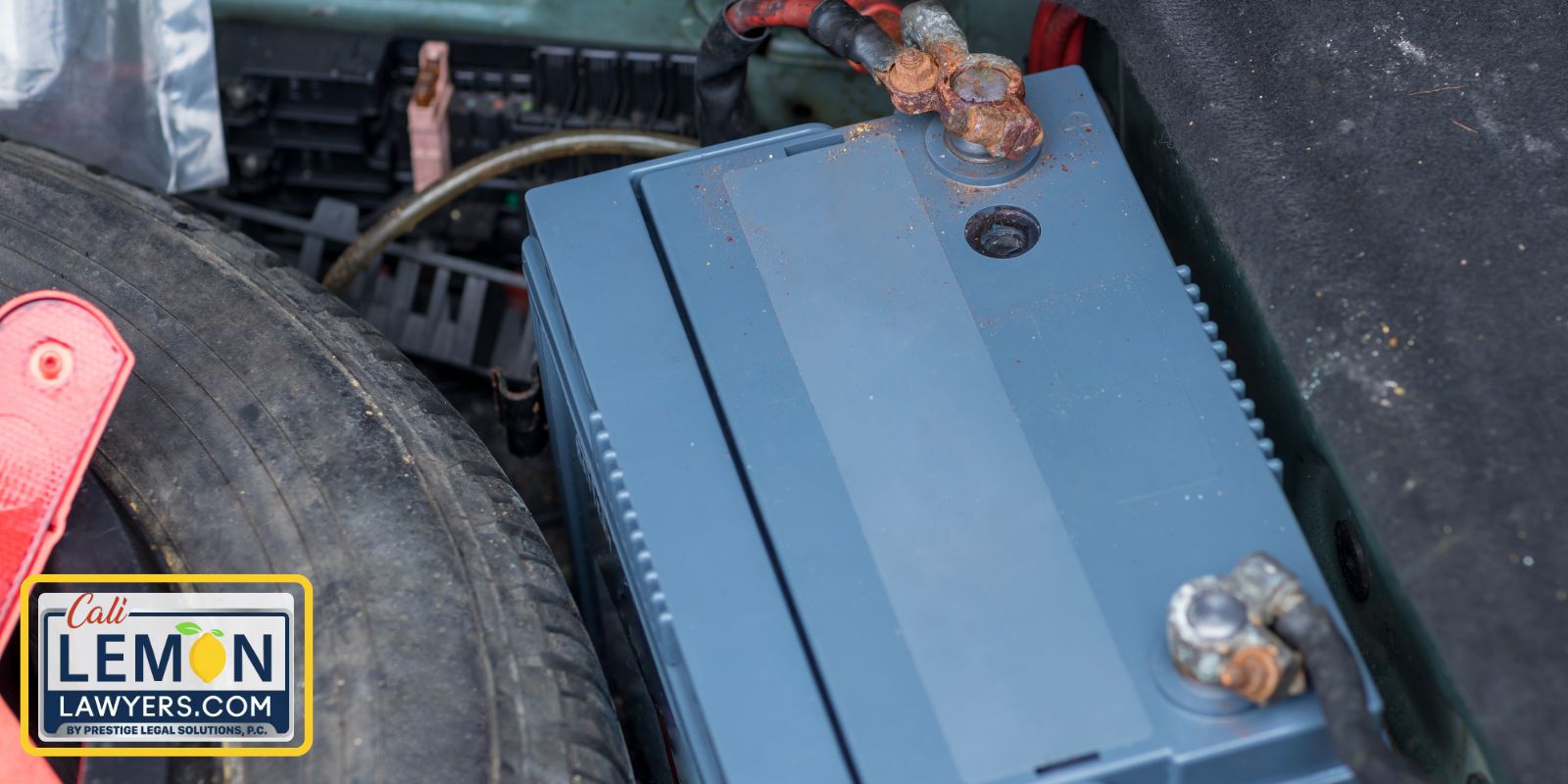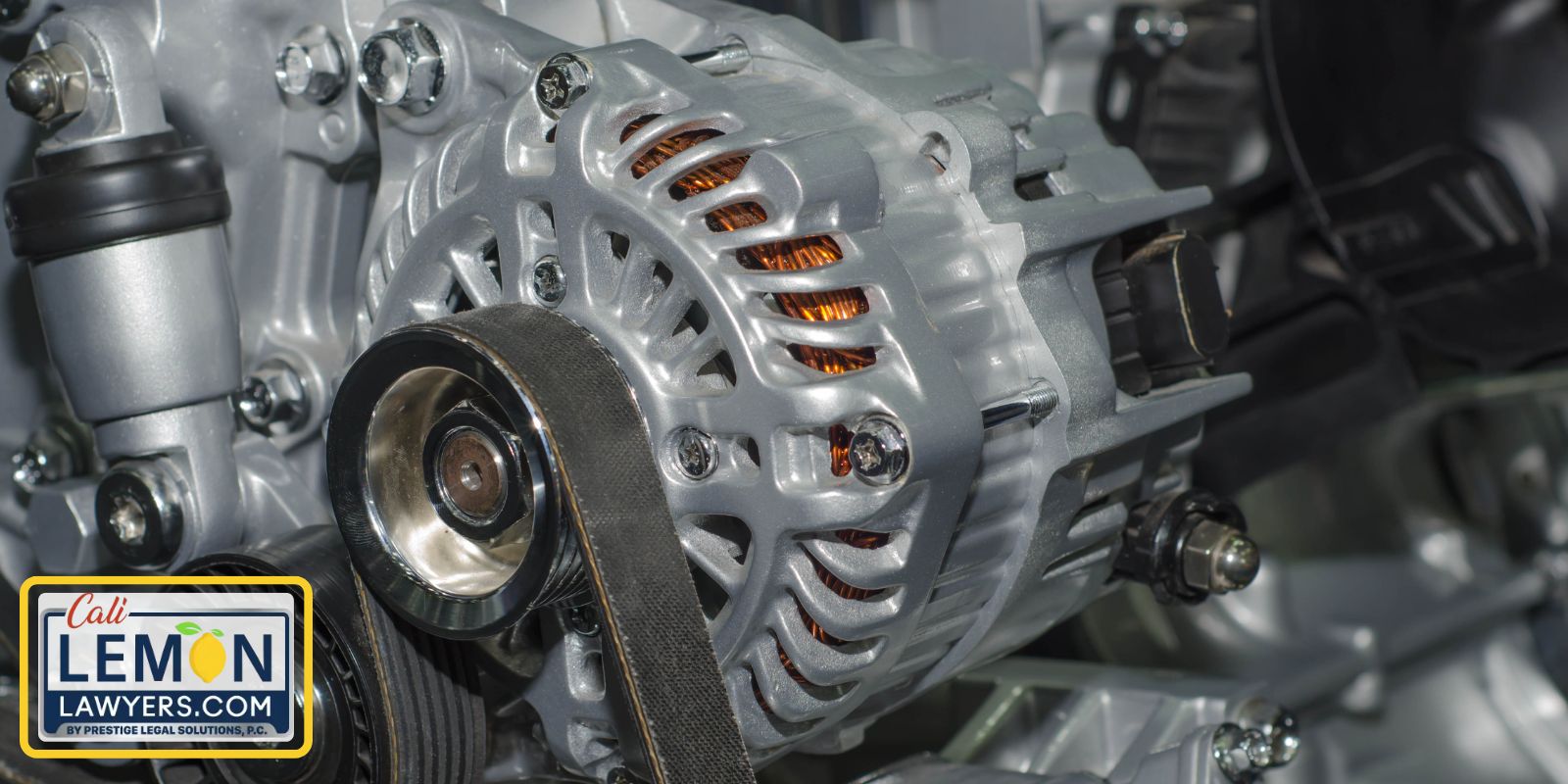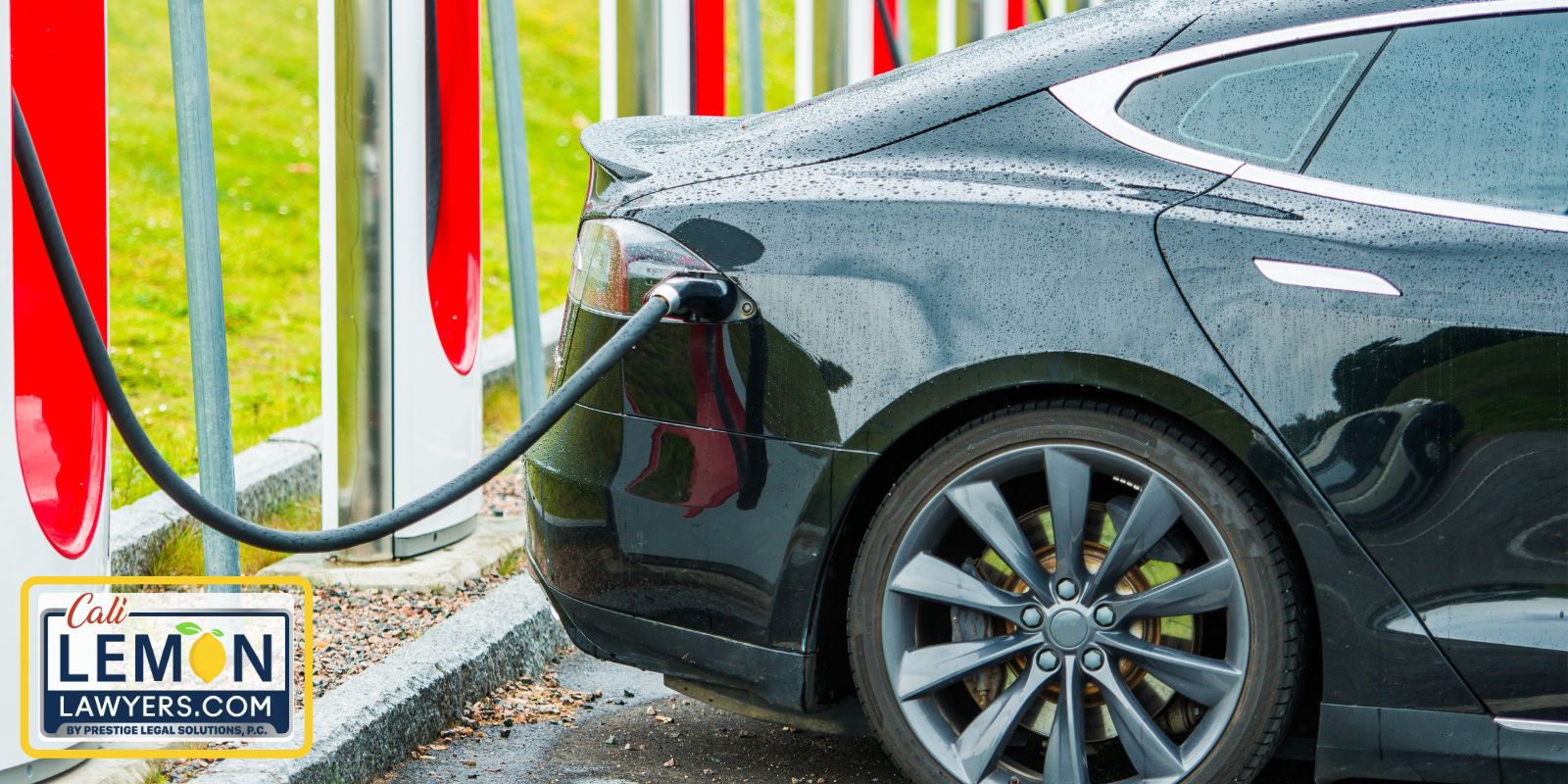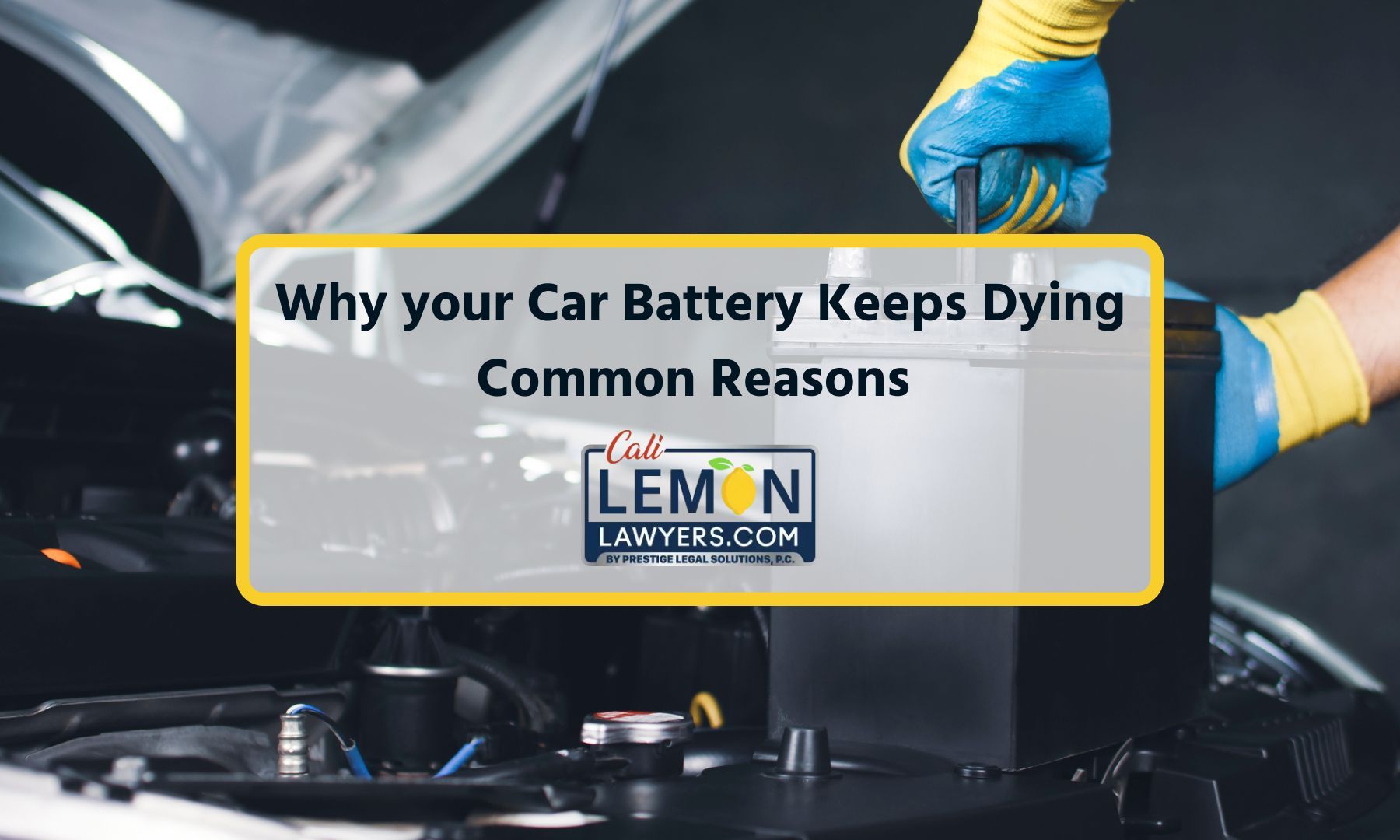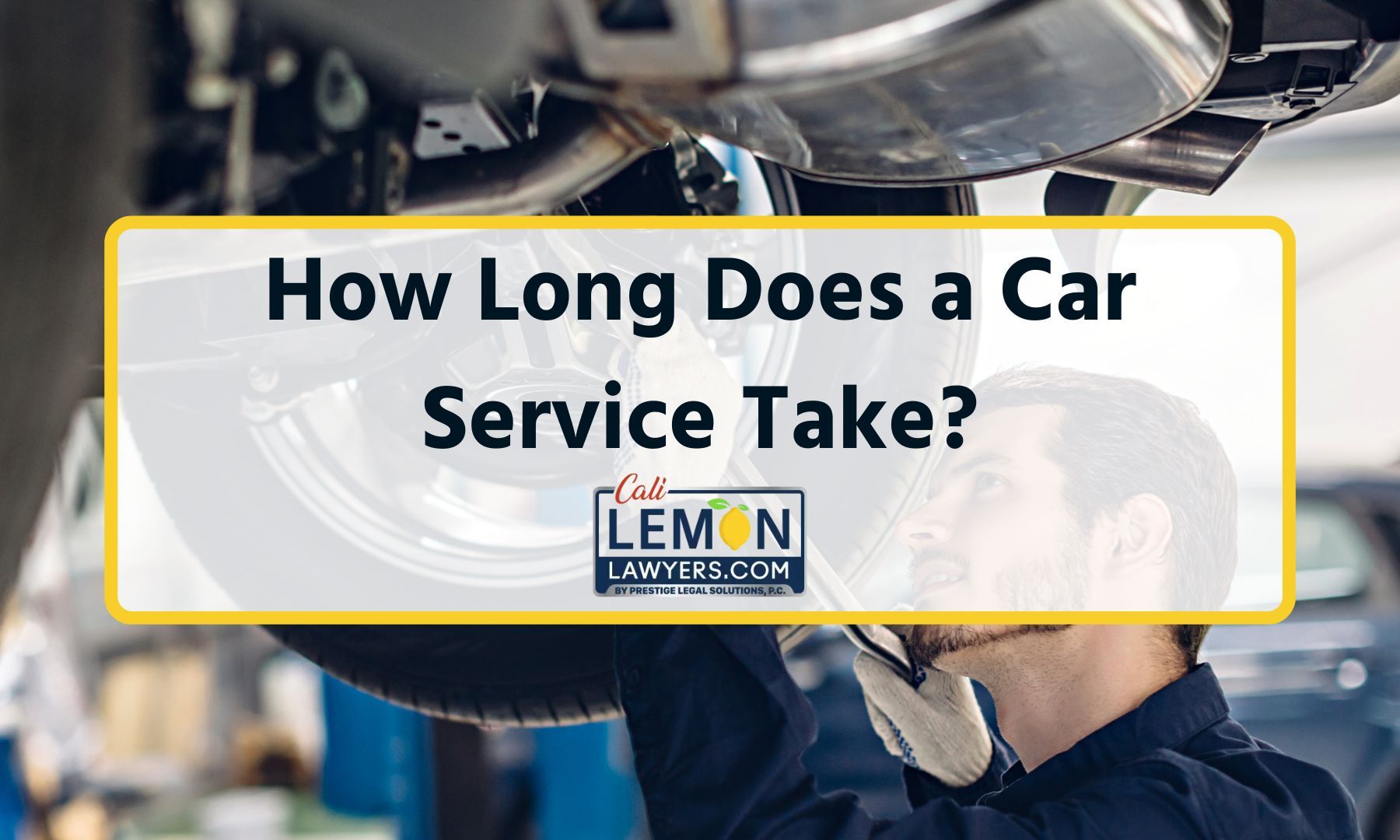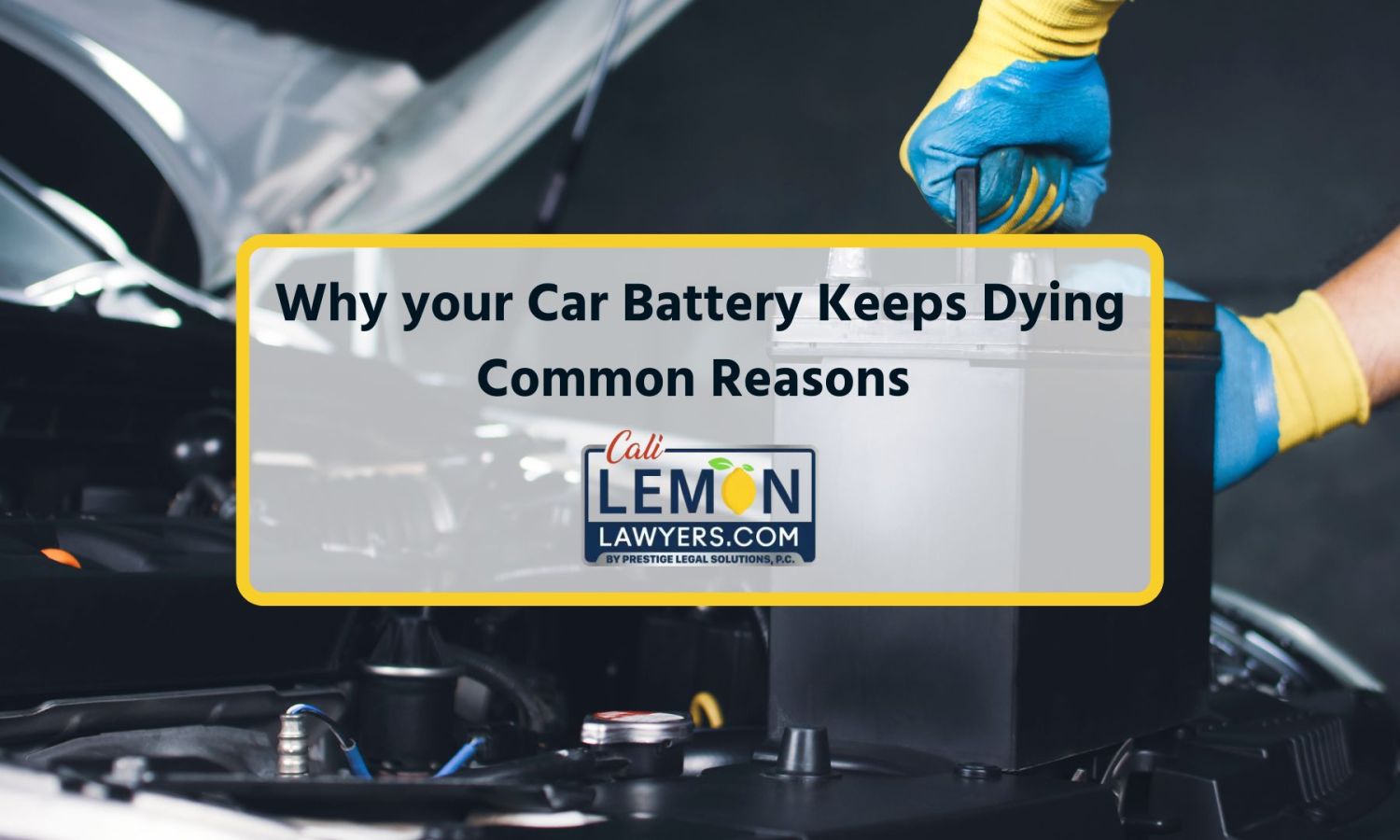
Why Does My Car Battery Keep Dying?
A dead car battery is one of the most annoying malfunctions that can happen, especially when you are late for work or trying to get somewhere. If the car’s battery dies once, it’s just an inconvenience. If it continues to die, you know there’s something wrong that needs to be addressed.
It’s important to know what causes a dead battery, so the problem can be resolved. You also want to know if there’s a larger problem, resulting in you having a lemon car. Let’s dive into the information, so you can get back on the road. ¿Hablas Español? Contáctenos ahora para recibir más información.
Common Reasons for a Dead Car Battery
What causes a car battery to die? In many cases, it’s as simple as having an old battery that needs to be replaced. Otherwise, you may have left the lights or accessories on, you may only be taking short drives or you are driving in extreme temperatures. There could also be battery corrosion, a faulty alternator or a parasitic drain.
1. Old Battery
The typical car battery is only meant to last between three and five years. If your battery is old, it may not be able to hold a charge anymore.
You may still be able to jump-start the weak battery as it is dying, but it’s eventually going to leave you stranded. Thankfully, you can have a battery checked for free at most auto parts stores. If you have a failing battery, it’s best to replace it now. They will install the new one at no charge if you purchase it through them.
2. Leaving Lights/Accessories On
When you are driving, the alternator supplies plenty of power to the battery and car accessories. If the car engine is off, these accessories are running off pure battery power, but the battery isn’t being recharged.
For this reason, if you have left your lights or accessories on, the battery power will become depleted. If it’s not caught soon enough, the battery will be completely dead. Even simple interior lights, trunk lights, the glove box light and the dome light can lead to a battery drain, so make sure everything is off before you leave your car.
3. Taking Short Drives
The battery uses a lot of power to start the car engine. Once the engine is running, the alternator recharges the battery, but this takes time.
If you aren’t driving long distances and you don’t get the car going at highway speeds, the alternator may not have time to get the battery charged. When taking quick trips, you may find yourself dealing with a dead car battery on occasion unless you are using an external charger. Plus, frequent short trips aren’t good for other components, such as the starter motor.
4. Extreme Temperatures
Both hot and cold temperatures will take a toll on car batteries. Hot summer days lead to evaporation of the battery fluid and can cause overcharging. It can also cause corrosion.
Cold winter temperatures also make it harder to start the engine, requiring more battery power. Plus, the load increases during this time and the recharge rate is reduced.
While you may not be able to avoid driving in an extreme temperature, you can prepare by purchasing a battery that’s meant for these times. By spending a little more money on a healthy battery rated for extremely hot or cold climates, you can increase the battery’s lifespan.
5. Battery Corrosion
When the battery is running, sulfuric acid is releasing hydrogen gas. This gas mixes with the surrounding air, creating a chemical reaction.
This reaction leads to corrosion on the battery terminals. With corrosion on the terminals and cables, the battery connections won’t be secure and the battery can’t charge.
If the car battery keeps dying, you may think it’s due to an older battery, when in fact, it’s just the battery cables or battery connectors that aren’t secured. Check the positive and negative terminals and look for loose battery connections before replacing a battery.
6. Faulty Alternator
We’ve already discussed the importance of the alternator and its role in charging the car battery. When the alternator fails, the car battery will no longer be charged.
Sometimes, drivers replace their car battery, not understanding that the alternator is the problem. Once a new car battery is installed, you’ll know it’s the alternator because the battery won’t charge.
7. Parasitic Drain
With so many electrical components running off of the battery, there are a lot of chances for something to go wrong. If a short occurs in the electrical system, components may continue to run, even with the car engine off.
When this happens, the car battery loses power unexpectedly because of the parasitic draw. To fix the problem, you would first need to figure out what’s running when it shouldn’t be.
8. Manufacturer Defect
There’s always the chance that you have a lemon car. Two prominent automakers, Subaru and Honda, have both reported manufacturing problems with the charging system in the past.
For example, Subaru had agreed to a class action lawsuit because the batteries contained insufficient capacity for everything that runs. This lawsuit affected the following vehicles:
- 2015-2020 Subaru Outback, Legacy, WRX and Forester models
- 2019-2020 Subaru Ascent
Additionally, documentation filed against Honda suggests that several models deal with a parasitic drain. These models may include the following:
- 2017-2019 Honda CR-V
- 2016-2019 Honda Accord
If you think your car may be a lemon, you want to contact our professional team of lawyers. Cali Lemon Lawyers helps you file a lemon claim, so you can be compensated for your headaches.
Signs of a Dying Car Battery
By recognizing when the car battery is dying, you can prevent being stranded in an unsafe location. Here are a few of the warning signs you should always pay attention to.
- Slower engine crank, taking longer to start the car motor
- Clicking sound while turning the key
- Dim headlights, getting dimmer over time
- Trouble running electrical accessories, such as power seats, windshield wipers and the radio
- Battery light comes on the dashboard
You can also learn a lot by looking at the battery. A physical inspection may reveal trouble that could cause a dead car battery. For example, if you see a swollen battery case or notice corrosion, you could run into charging trouble.
To prevent getting stranded, you want to pay close attention to these symptoms. If the car battery appears to be dying, you can go to a local auto parts store for a free battery check. Some locations will also test the alternator for you. Once you determine whether the battery or alternator is failing, replace it before you can’t get the engine started.
How to Prevent a Dead Battery
It doesn’t take a lot of effort to keep the battery in good working order. Consider these simple tips.
- Take longer drives, ensuring you spend at least thirty minutes a week driving, preferably at highway speeds
- If you can’t drive enough to charge the battery, use a trickle charger, battery tender or battery maintainer
- If the battery requires maintenance, make sure the electrolyte levels are topped off
- Take care of any corrosion related problems with a baking soda solution before it stops the battery from charging
- Make sure your headlights, dome lights and other electrical accessories are turned off when the car isn’t running
- Regularly inspect the charging system for signs of wear, including the alternator belt and battery case
- If you leave the car sit in storage, remove the battery and hook it up to a charger so it has enough power when you are ready to drive again
Above all, you want to get a new battery at the first sign of its failure. If you plan to replace your own car battery, follow these important safety tips.
- Read the owner’s manual for detailed instructions and safety tips
- Wear goggles
- Wear protective clothing
- Work in a well-ventilated area
- Don’t lean over the battery, and secure anything loose on your body
- Don’t work around a battery with an open flame, especially cigarettes
- Don’t charge or test the battery without fully understanding the procedures
- Avoid using metallic conductors or tools around the battery unless you are a trained professional
- If battery fluids come in contact with you, flush the area with water immediately
- Keep car batteries out of the reach of children
Otherwise, you can pay a professional to diagnose the faulty charging system and to replace the dying battery. You can also get many auto parts stores to install the battery for free when it’s purchased from them, but this means you will pay more for the battery.
Final Thoughts on Car Batteries
The health of your car battery should be important to you. After all, when the car battery dies, you won’t be able to start your car anymore. That’s why we always recommend preventing a dead car battery whenever possible.
To learn more about your car battery, we recommend reading your owner’s manual. It provides you with valuable information from the manufacturers of your vehicle.
Start Your FREE Case Review
or give us a call at:

Start Your FREE Case Review


